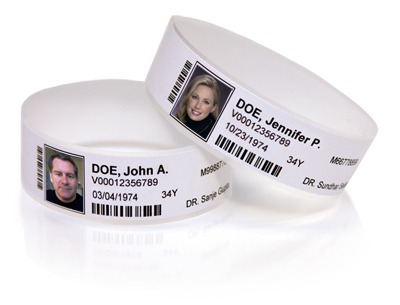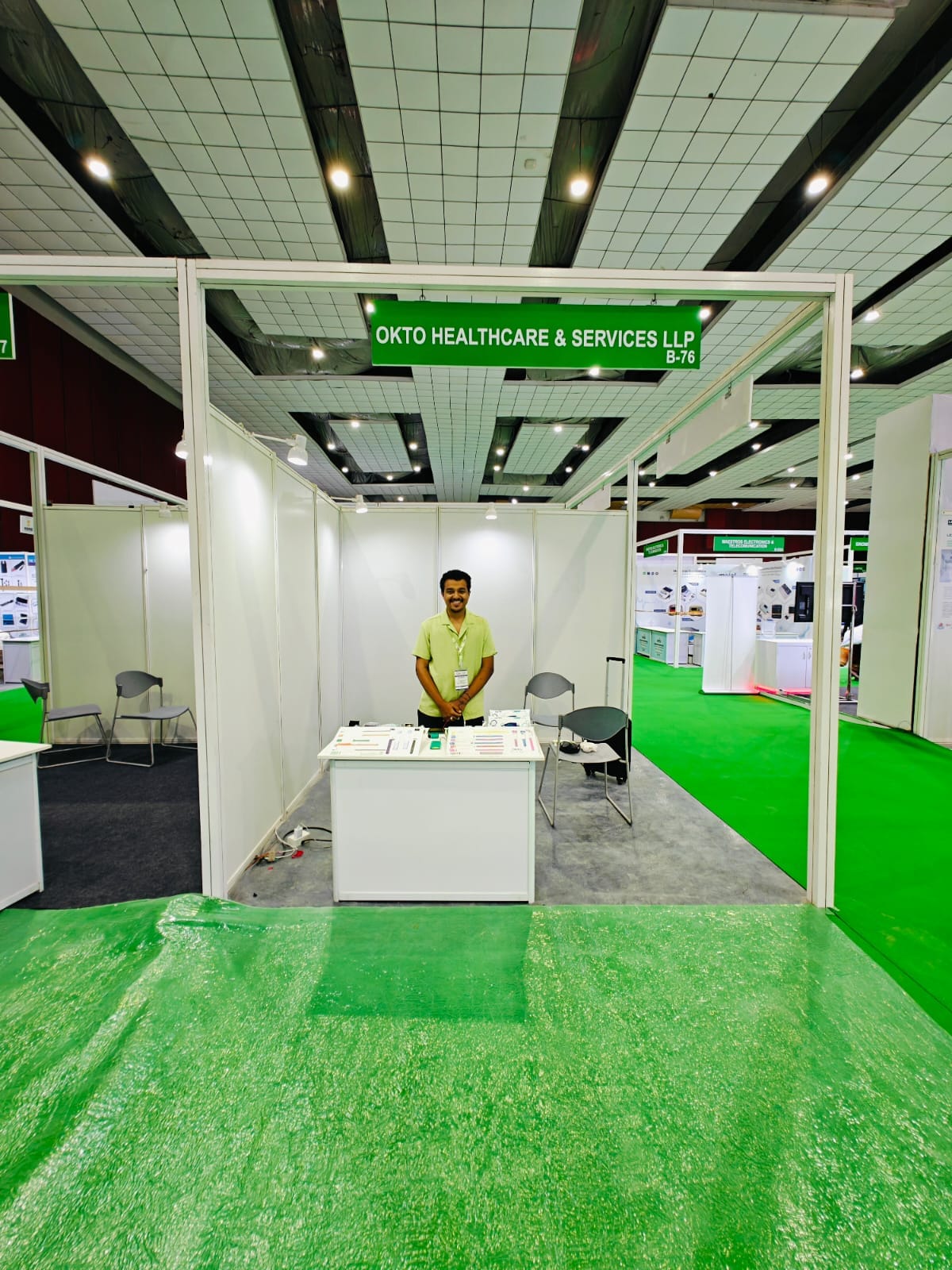The Trick Attributes of an Effective Patient Identification Band in Healthcare
The Trick Attributes of an Effective Patient Identification Band in Healthcare
Blog Article
Simplifying Individual Treatment With Efficient Recognition Bands
The implementation of effective recognition bands is a pivotal aspect in enhancing patient care within medical care setups. These bands not only serve to minimize the risks related to person misidentification but additionally simplify interaction amongst clinical workers, therefore cultivating a much safer environment. Various types of recognition bands satisfy specific requirements, from long lasting wristbands for adults to specialized bands for babies and vital instances. As the landscape of patient recognition develops, one need to take into consideration the effects of these systems on total medical care distribution and client results. What technologies wait for in this essential area?
Relevance of Person Identification
Making certain accurate client recognition is crucial in medical care settings, as it directly impacts the safety and security and quality of care provided. Misidentification can bring about significant mistakes, consisting of administering the wrong medicine, carrying out inaccurate treatments, or miscommunicating vital individual info. Such errors not only endanger client safety and security but can also result in lawful implications and reduced count on health care systems.
Effective patient recognition is essential to establishing a secure setting where patients get customized and suitable treatment. It promotes the precise documentation of clinical backgrounds, allergic reactions, and treatment plans, making sure that doctor have access to vital info in all times. In addition, durable identification procedures aid enhance communication amongst clinical staff, boosting collaboration and decreasing the danger of errors.

Sorts Of Recognition Bands
Identification bands play an essential function in maintaining exact client records and boosting security within health care atmospheres. Numerous kinds of identification bands are utilized to cater to the details needs and demands of different patient populations.

One more type is the ankle joint band, which is particularly beneficial for babies and babies, making certain that recognition continues to be intact also during care treatments. Specialty bands, such as those for allergy notifies or fall threat signs, supply extra layers of safety by drawing prompt interest to important person conditions.
Just recently, electronic recognition bands have obtained appeal, including barcodes or RFID innovation that can be scanned to rapidly recover patient information. These bands improve process and reduce the risk of human mistake throughout individual identification procedures.
Benefits of Efficient Identification
Effective identification of individuals via making use of identification bands contributes significantly to total person security and care quality. By guaranteeing that each client is precisely determined, healthcare service providers can successfully match medical treatments and procedures to the proper person, minimizing the threat of errors. This is particularly crucial in environments with high client turnover, where the capacity for misidentification is better.
Furthermore, effective identification bands boost communication among medical care groups. Exact and clear individual recognition promotes partnership and ensures that all staff member are mindful of a patient's specific demands and medical history. This interaction is vital for providing coordinated care, especially in emergency situation situations where time is important.

Eventually, effective identification through making use of identification bands not just safeguards patients yet likewise promotes a culture of safety and security within health care facilities (Patient Identification Band). By focusing on accurate recognition, healthcare organizations can boost end results and enhance the general individual experience
Implementing Identification Equipments
While the relevance of person identification is well recognized, the application of durable identification systems positions a facility obstacle for healthcare companies. Establishing effective identification systems requires an extensive technique, incorporating modern technology, personnel training, and process combination.
First, companies should choose appropriate recognition technologies, such as barcode scanning, RFID, or biometric systems. Patient Identification Band. These modern technologies need to be evaluated based on expense, functionality, and compatibility with existing infrastructure. A pilot program can help determine potential problems prior to resource full-blown application
Following, comprehensive training for personnel is necessary. All workers should understand the value of precise client recognition and be skilled in the usage of the chosen technologies. Routine training updates and evaluations can strengthen best methods and ensure ongoing conformity.
Furthermore, healthcare companies ought to establish standard treatments for individual identification throughout all divisions, improving and reducing discrepancies interaction. Normal audits can aid identify gaps in adherence to these protocols.

Eventually, a reliable execution of identification systems not just improves individual safety but likewise cultivates a society of accountability and diligence within healthcare settings, guaranteeing trustworthy and constant individual care.
Future Trends in Client Identification
Developments in technology are readied to revolutionize patient identification practices in medical care setups. The assimilation of biometric recognition techniques, such as fingerprinting and facial acknowledgment, is anticipated to improve accuracy and security. These innovations can dramatically decrease the threat of misidentification, ensuring that individuals get the right therapies and medicines.
Furthermore, the execution of blockchain modern technology for client records is obtaining traction. This decentralized strategy can provide a safe and secure and tamper-proof approach for handling individual identities, therefore enhancing accessibility to important details throughout various health care companies.
An additional pattern is the boosting use mobile health applications that leverage QR codes for patient recognition. These applications permit real-time updates and very easy access to individual data, encouraging health care experts to make enlightened decisions quickly.
Additionally, expert system (AI) is positioned to play an essential role in examining person identification data, determining patterns, and forecasting possible identification errors before they take place.
As these technologies develop, they guarantee not only to improve person safety and security however likewise to improve the overall effectiveness of health care delivery systems. Accepting these technologies will be vital for future-proofing patient care methods.
Verdict
In conclusion, effective recognition bands are important for improving client security and care high quality within health care setups. By minimizing the risks linked with misidentification, these bands assist in timely and precise my response details access, inevitably boosting communication among doctor. The execution of robust recognition systems not just fosters a society of safety and security however likewise settings healthcare establishments to adjust to future patterns in person identification modern technology, ensuring optimal end results for patients in varied clinical settings.
As the landscape look here of person recognition develops, one have to think about the effects of these systems on general health care shipment and person results.Efficient client identification is fundamental to establishing a safe atmosphere where people obtain personalized and appropriate care. Eventually, focusing on reliable individual identification techniques not just promotes a society of safety yet likewise contributes to boosted person results and overall complete satisfaction with medical care services.
Reliable identification of clients through the usage of identification bands contributes considerably to overall patient safety and security and care high quality. The application of durable recognition systems not only cultivates a society of safety and security but likewise settings healthcare establishments to adjust to future fads in individual recognition modern technology, guaranteeing optimal end results for clients in varied medical settings.
Report this page